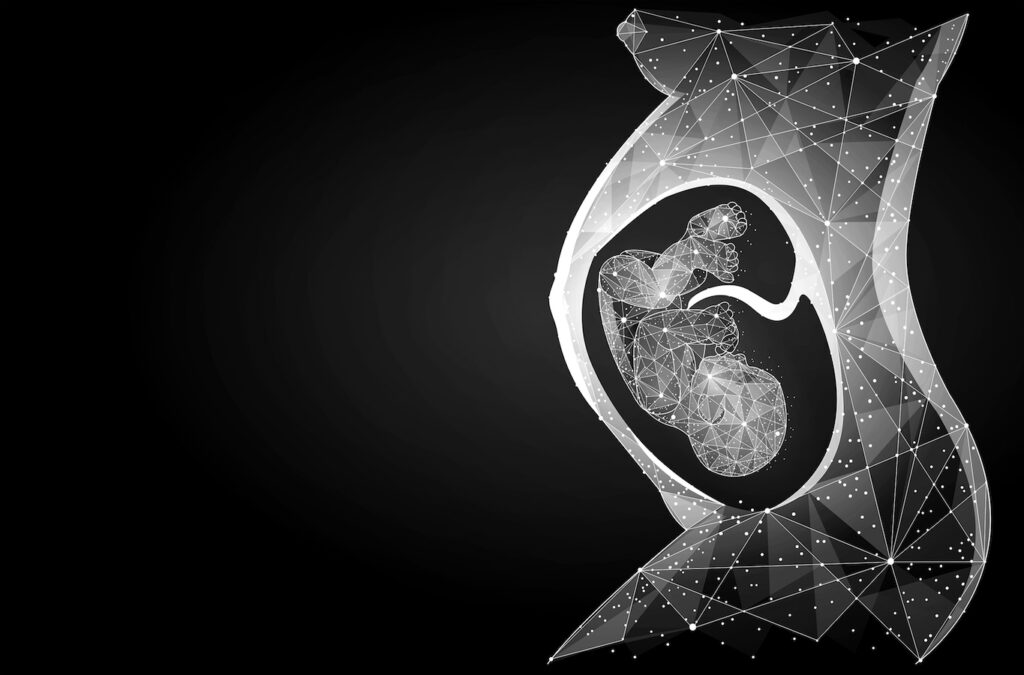
Restriction of the flow of blood or oxygen to brains of fetuses during labor and delivery can result in cerebral palsy, cognitive issues, and developmental delays. Of the nearly 4 million babies born each year in the United States, the incidence of this condition, known as hypoxic-ischemic encephalopathy, is one to three per every 1,000 full-term infants.
Electronic fetal monitoring, which since 1970 has been used on more than 85% of laboring patients, has a higher than 99% false positive rate in predicting cerebral palsy.
Ernest Graham, professor of obstetrics and gynecology, and Raymond C. Koehler, professor of anesthesiology and critical care medicine, started a collaboration with Whiting School engineers Emad Boctor, associate research professor in the Laboratory for Computational Sensing and Robotics, and Jeeun Kang, a research scientist with the Laboratory for Computational Science and Robotics and MUSiiC (Medical UltraSound Imaging and Intervention Collaboration), to design an ultrasonic, photoacoustic endovaginal imaging device that monitors the fetal brain during labor and can more accurately predict serious fetal distress.
“Our hypothesis is that continuous monitoring of fetal brain health and labor progress during labor will produce valuable diagnostic perspectives to pediatricians and obstetricians for prompt detection and treatment of fetal HIE and stroke,” Kang says.
The system also measures the mother’s cervical dilation and effacement, eliminating the need for clinicians to repeatedly perform uncomfortable and invasive checks.
The team started this collaboration a few years ago with seed funding from the Department of Acute and Critical Care Medicine and the Institute for Clinical and Translational Research. The work was enabled by a Discovery award from the Office of the Provost, Boctor’s National Science Foundation CAREER grant, and National Institutes of Health RO1 MPI (Koehler, Boctor, Graham). Using support from a JHTV translational fund, the team is building a clinical prototype.




